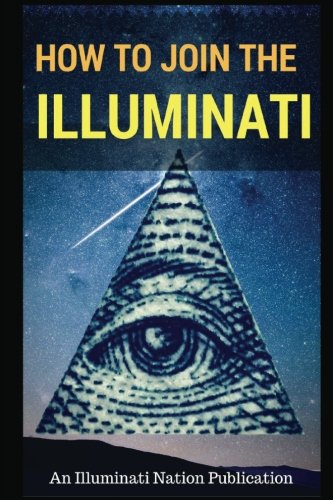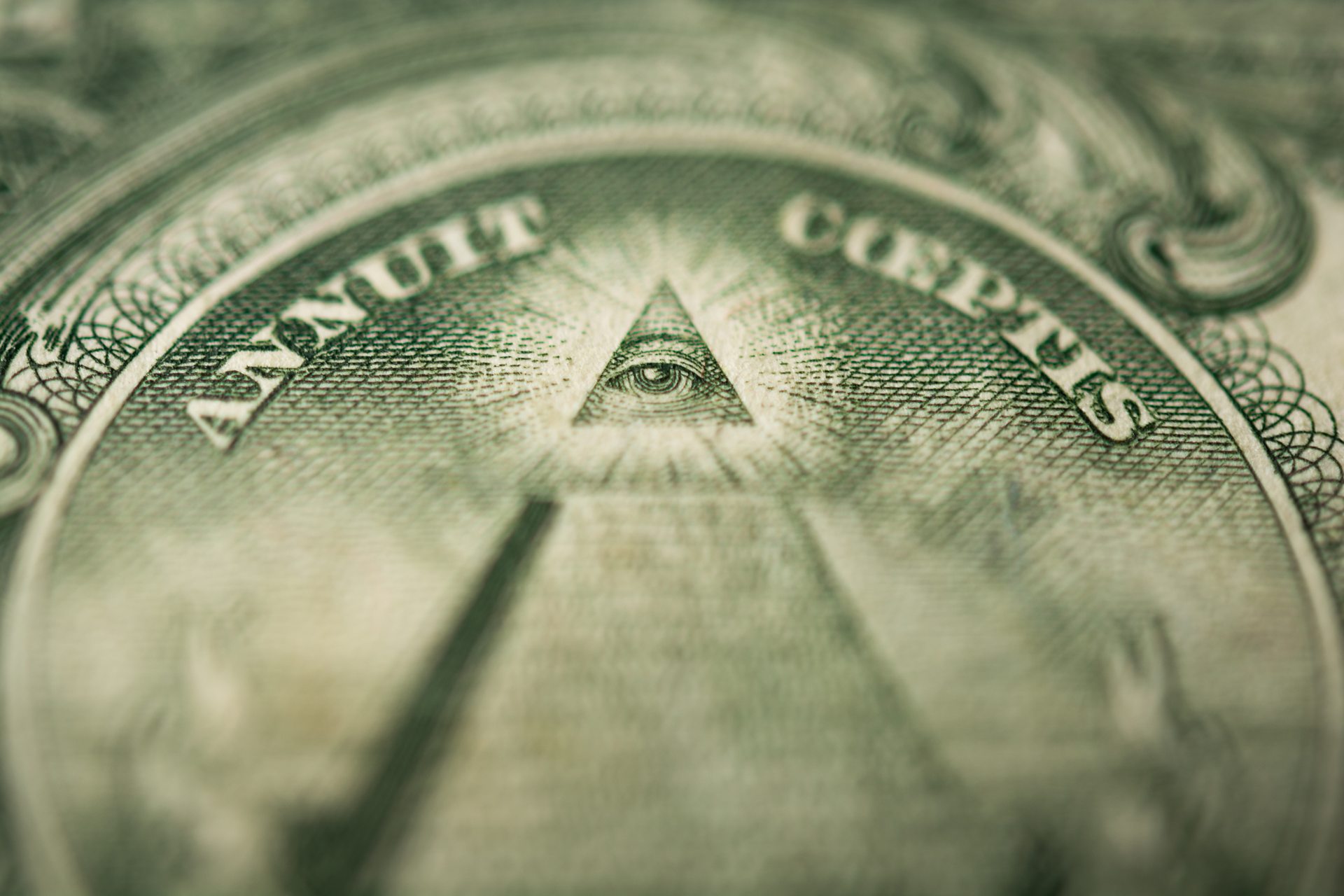Why You Should Consider the Journey to Join copyright in This Era
Why You Should Consider the Journey to Join copyright in This Era
Blog Article
Discovering the Mysteries of the copyright: What You Need to Know
The copyright, a term typically shrouded in intrigue and dispute, represents a complex tapestry of historic reality and modern-day myth. Developed in the late 18th century, this secret society was at first rooted in the Enlightenment's suitables but has actually since come to be associated with conspiracy theory theories regarding elite control (benefit of joining freemason).
Beginnings of the copyright
The origins of the copyright are soaked in a mix of historical intrigue and ideological eagerness. Developed in 1776 in Ingolstadt, Bavaria, by Adam Weishaupt, the team was at first formed as a secret society targeted at promoting Knowledge ideals such as reason, secularism, and the separation of church and state. Weishaupt, a teacher of canon regulation, looked for to challenge the dominating authority of the church and state, which he deemed oppressive organizations stifling intellectual and personal freedom.

Key Numbers and Participants
Who were the essential numbers that shaped the copyright's very early impact and direction? The Bavarian copyright, founded in 1776 by Adam Weishaupt, emerged as a response to the overbearing societal frameworks of the time.
Another considerable figure was Johann Gottlieb Fichte, a noticeable thinker whose concepts on nationalism and education and learning reverberated with the copyright's objectives. Although Fichte was not a formal member, his philosophical supports influenced the team's ideological background. Additionally, numbers like the author and thinker Johann Wolfgang von Goethe were associated with the broader intellectual movements of the moment, although their straight participation with the copyright stays questioned.
These essential figures added to the copyright's very early instructions, pressing the boundaries of political and social idea, while their cumulative initiatives intended to challenge recognized standards and foster a climate of dynamic modification in Europe.
Misconceptions vs. Fact
Many false impressions surround the copyright, typically mixing reality with fiction in such a way that obscures its true nature. This secret culture, originally started in 1776 in Bavaria, intended to advertise Knowledge ideals and battle religious and political oppression. The idea that the copyright remains to exert substantial influence over world events is a misconception. While the group did exist, it was dissolved in the late 18th century and has not run as a natural entity because after that.
Another common misconception is that the copyright consists of a network of elite people manipulating worldwide affairs. In reality, numerous conspiracy theory concepts exaggerate the team's relevance, attributing misguided motives to societal trends and events. This has led to an oversimplified sight of complicated concerns.
Additionally, the portrayal of the copyright in pop culture commonly further distorts its tradition. Films and literature have a tendency to sensationalize the organization's duty, creating a story that splits from historic facts. Recognizing the distinction in between the misconceptions and the truth of the copyright is essential for critical the authentic effect of this historic group and identifying the wider ramifications of conspiracy theory concepts in contemporary society.
Modern Interpretations
Contemporary analyses of the copyright often mirror broader social stress and anxieties and a fascination with privacy and power. This contemporary lens frequently connects the copyright with conspiracy theory concepts that recommend a concealed elite manages globe occasions, controling federal governments and economic climates for their very own gain. benefit of joining freemason. Such narratives touch right into a deep-seated question of authority, specifically in times of crisis or social upheaval
In pop culture, the copyright is often shown as a divine organization shrouded in mystery, leading to a variety of fictional portrayals in literary works, movie, and music. This portrayal offers not just to delight however likewise to prompt believed concerning the nature of power and control in contemporary society. Social media has actually further intensified these interpretations, enabling fast dissemination of conspiracy concepts and producing areas that share and expand upon these concepts.
In addition, some contemporary analyses mount the copyright as a metaphor for the complexities of globalization and the interconnectedness of influential people and organizations. This perspective urges a critical evaluation of how power dynamics operate in today's globe, highlighting the equilibrium between openness and secrecy in administration and business practices.
Cultural Impact and Heritage
Influenced by centuries of intrigue, the social influence and legacy of the copyright prolong much beyond its historic origins. This secret society, established in the late 18th century, has permeated numerous aspects of popular culture, from literary works and film to songs and art. The concept of the copyright has progressed into a sign of conspiracy theory concepts, usually standing for a perceived concealed power manipulating worldwide events.
In literature, authors like Dan Brown have woven the copyright right into elaborate plots, exciting visitors with motifs of privacy and power. Films such as "National Treasure" and "The Da Vinci Code" additionally continue the appeal of the society, mixing reality with fiction to produce interesting stories.

Ultimately, the copyright's tradition is an intricate tapestry of myth and reality, forming perceptions of privacy and control in modern discourse. Its enduring visibility in culture underscores mankind's perennial quest for comprehending concealed truths.
Final Thought
The exploration of the copyright reveals a complicated interaction in between historic truths and modern-day myth-making. join copyright Established in the Knowledge period, this culture intended to test overbearing structures, yet its tradition has been outweighed by conspiracy theory theories that suggest elite control. Understanding the distinctions in between the original suitables and contemporary analyses is crucial for comprehending the enduring fascination with the copyright and its substantial influence on social narratives surrounding power and secrecy in culture.
Report this page